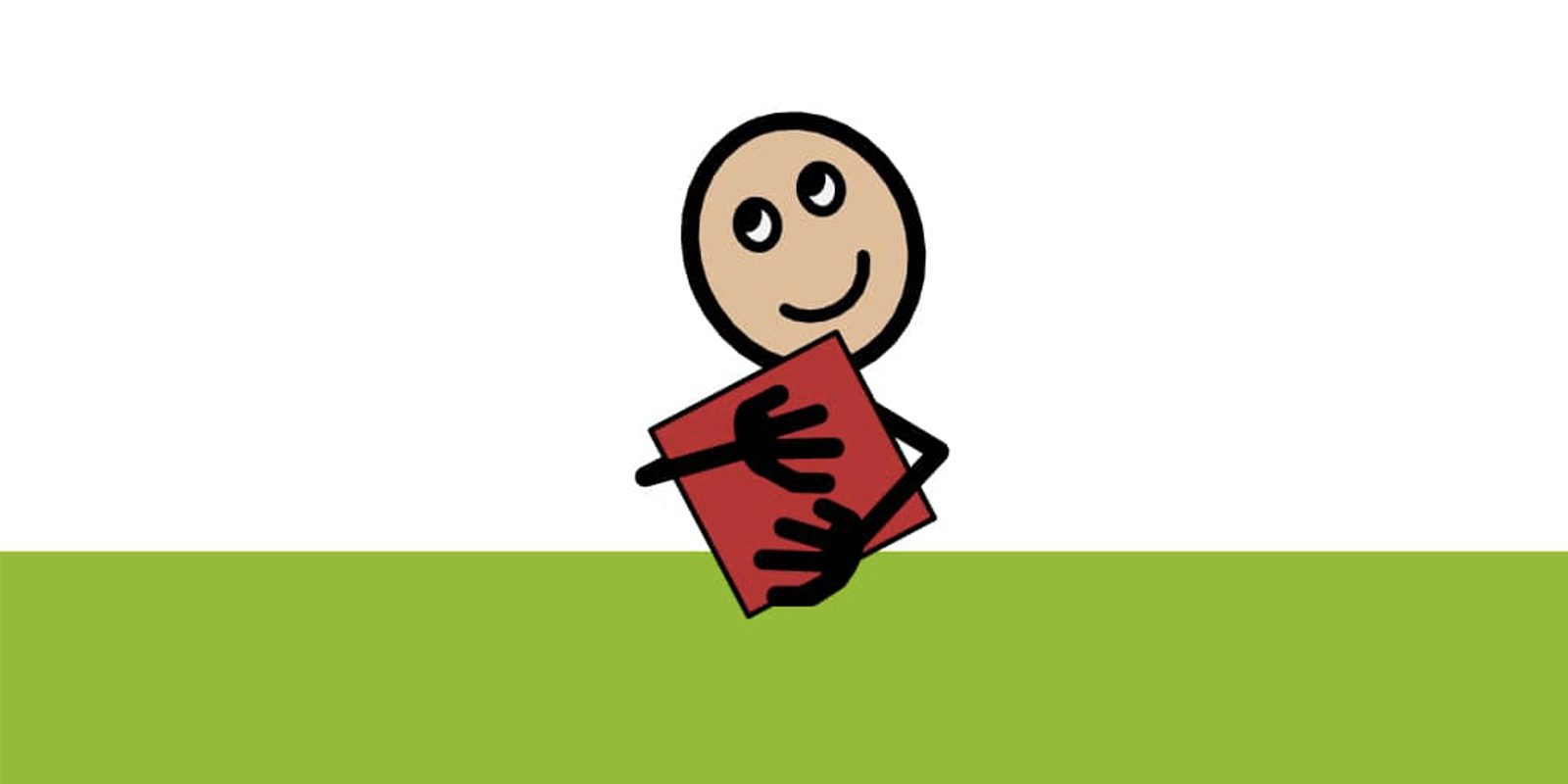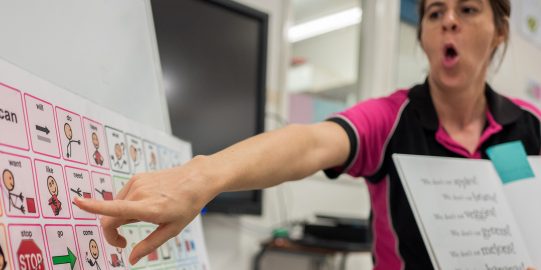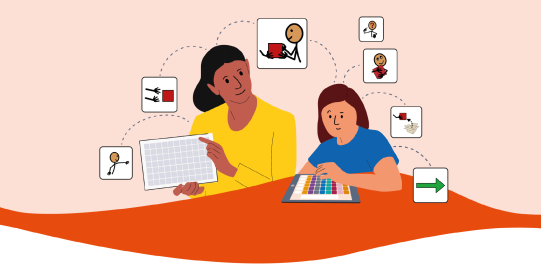The Core Word Planners and their accompanying Core Word Modeling Guides, are simply perfect for planning what core words you will teach and model, within activities that are already happening in your classroom and home.
These materials are a part of the AssistiveWare Core Word Classroom, which opened it’s doors, ready to support AAC learning, last month.
There are many Core Word Planners in the AssistiveWare Core Word Classroom and they are designed around activities and things that are very common in most schools and homes. They fall into these following categories:
- Around the Classroom: for those everyday routines around your classroom, such as academics, art, and music.
- Morning Circle: designed to help you think outside the box to model core words during Morning Circle - and make this important time of the day varied, educational, and fun!
- Life Skills: find opportunities to model core words for everyday life skills like cooking, shopping, and travel training.
- Literacy and Language: identify and model core words in literacy and language activities.
- Leisure: target core word for leisure time activities like puzzles, YouTube, and playing with iPad apps.
Like many of the materials in the AssistiveWare Core Word Classroom, the Core Word Planners focus on the 3W’s for the activity: the Words (core words), the Whys (reasons we communicate) and the Ways (word combinations and word inflections to say things in a grammatical way).
What will you find in a Core Word Planner?
Each Core Word Planner consists of the following five categories: - Core Words table - Whys & Ways table - Specific grammar - Extension ideas - Literacy suggestions You can find an explanation of each below. Download the Core Word Planner for "Art" (PDF) as an example of what a Core Word Planner looks like. On the AssistiveWare Core Word Classroom you can find more Core Word Planners.
Core Words table
The Core Word table includes the core words that could be modeled during the activity. These words are categorized by word kind, e.g. verbs, pronouns, questions, etc. They are ordered by frequency of use and the order in which they are acquired by typically developing language learners.
Green words are the most frequently used and earliest acquired; Yellow words are next; and Orange words are the most advanced. Words in all groups can be modeled to all students - students don’t need to master Green words before they can see Yellow or Orange ones modeled!
Feeling words are listed separately - they are Blue to show they should be modeled whenever any situation that involves these feelings comes up.
Whys & Ways table
This table gives suggestions for ways to model the core words to your students. These ways are split into the different reasons to communicate, or whys. Sentences are in order of increasing length and complexity, to give you ideas you can use with students of different language skill levels.
For example, in the Art Core Word Planner, the suggestions in the “Asking for Information” cell start with a simple “where” and end with longer and more complex questions:
Specific grammar
This section gives you some specific ideas for how you may support the grammatical learning of the core word for those students that are ready, eg. teaching past tense of “go” > “went”.
Extension ideas
Extension ideas give you some extra teaching activities you may like to try to extend language and create more opportunities to model the core words in and around your classroom activity.
Literacy suggestions
We have given some brief starting points and suggestions for extending the activity to include a literacy component. The suggestions are not comprehensive and you should use alongside your current comprehensive literacy program.
Getting started with a Core Word Planner
Once you’ve found a core word planner that fits your situation, you can adapt it to meet the individual needs of your classroom:
- Explore the Words table and circle or copy/paste into another document any words you want to make sure to model for your students. Locate the words on your students’ devices, and write down a reminder of the path to the words if you need to.
- Explore the Whys & Ways table to help you in planning your modeling. Use copy/paste to grab sentences you want to be sure to use with your students. You can make a cheat sheet for your classroom staff in this way. You can choose between making a single cheat sheet for use with all your students, or a customized sheet for each teacher or aide with whys & ways that target the specific needs of the group of students they will be working with. Check out the Core Word Modeling Guide that goes with your Core Word Planner. The Modeling Guide is a generic modeling cheat sheet for the activity, and may give you ideas for what would best help your staff to model at the level your students need.
- Explore the Extension ideas to find suggestions to extend learning after the end of the activity.
- Explore the Literacy suggestions and remember that literacy is the ultimate AAC, as it allows you to say anything without waiting for someone to program in the words! Every student can benefit from literacy instruction, regardless of the level of literacy they eventually reach.
Core Word Modeling Guides
Do you need a one page, quick reference sheet that will help the team to remember the core words to model for your chosen activity? This is the exact purpose of the Core Word Modeling Guide: to provide suggestions for modeling core words and to help you model to match the language levels of students in the classroom. For every Core Word Planner in the AssistiveWare Core Word Classroom, there is an accompanying Core Word Modeling Guide. The Guide is a single page, and breaks the Planner’s Whys & Ways table up into three different language levels - green, yellow, and orange:





